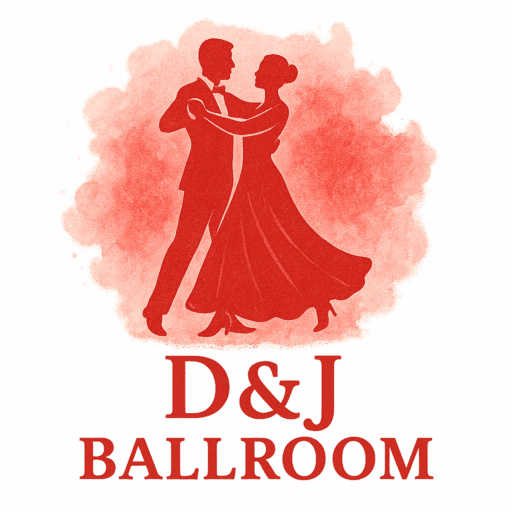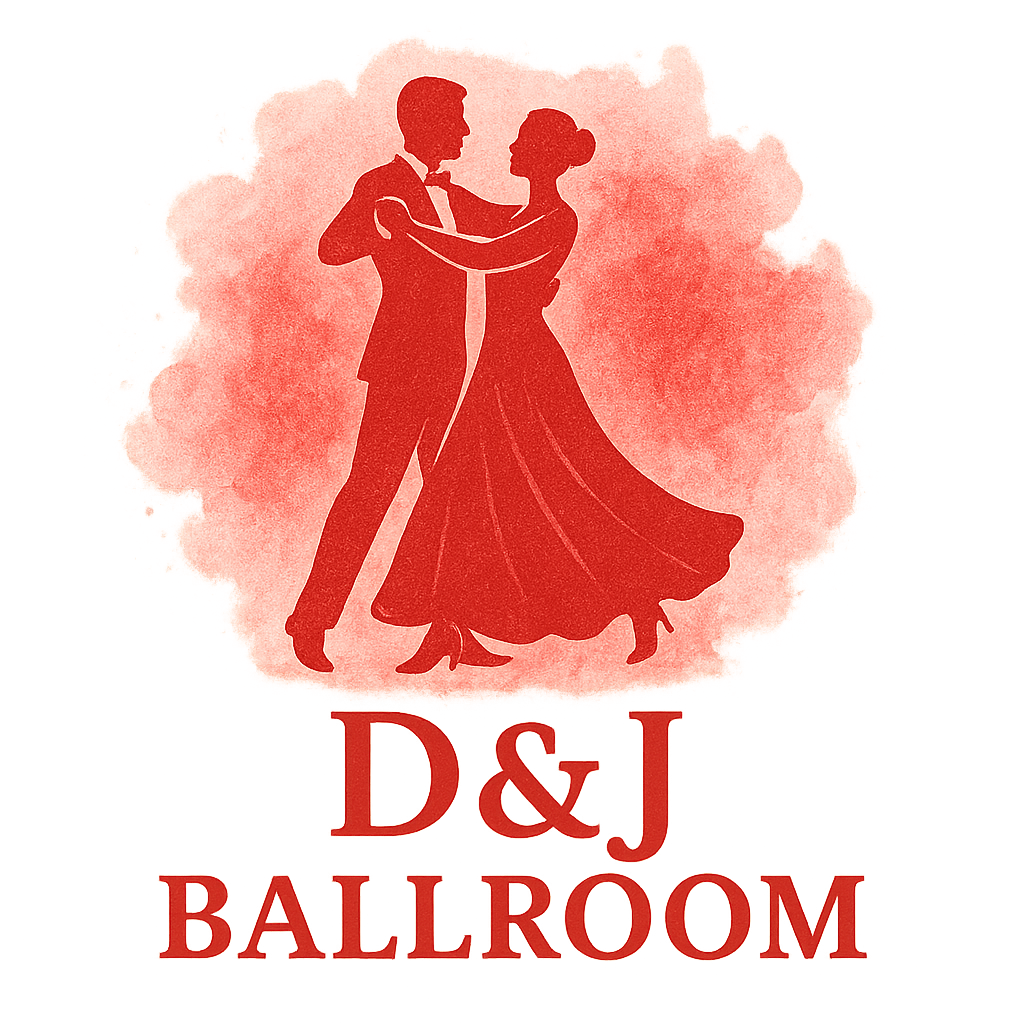Introduction to Ballroom Dance Frame
If you’ve ever admired professional ballroom dancers gliding across the floor, you know how magical and effortless it looks. The secret behind this elegance isn’t just fancy footwork—it’s the dance frame. Think of frame as the invisible scaffolding that holds the entire performance together. Without it, ballroom dancing would feel more like two people walking in circles than an art form of grace and precision.
To truly understand frame, it helps to explore the history and culture of ballroom dancing. Throughout centuries, posture and frame have symbolized elegance, discipline, and connection between partners. Today, frame remains the foundation for all ballroom dance styles.
Why Dance Frame Matters in Ballroom Dancing
The Role of Connection
A strong frame is more than just lifting your arms—it’s about creating a bridge of communication. Leaders use frame to guide, while followers use it to respond. This subtle conversation in motion is what transforms steps into ballroom dance styles like the Waltz, Tango, or Foxtrot.
How Frame Impacts Posture and Movement
Frame affects posture, alignment, and balance. A correct frame helps you maintain elegant lines, prevents sloppy movement, and makes every dance—from a competitive Tango to a casual Foxtrot—look refined. If you want to dive deeper into the fundamentals, check out this guide on ballroom techniques and training.

Common Struggles with Dance Frame
Tension vs. Relaxation
One of the most common mistakes dancers make is holding their arms like steel rods. While firmness is necessary, rigidity kills flow. On the other hand, too much relaxation causes a collapsed frame. Striking the right balance takes awareness and practice.
Alignment Issues
Leaning forward, arching too much, or allowing shoulders to slump are all typical alignment problems. Without proper alignment, both partners feel unstable, which can disrupt movement in competitive ballroom events and competitions.
8 Ballroom Technique Drills to Improve Dance Frame
Drill 1: Wall Posture Alignment
How to Practice This Drill
Stand with your back against a wall. Touch your heels, hips, shoulder blades, and head to the wall. Now, lift your arms into dance frame without losing contact with those points.
Benefits of Wall Posture Alignment
This drill teaches correct posture and helps fix bad habits. It’s especially useful when preparing for dances like the Waltz, which demand long, elegant lines.
Drill 2: Resistance Band Connection
Steps to Perform the Drill
Anchor a resistance band to a stable object. Hold the end as if it were your partner’s hand and practice moving side to side, keeping consistent pressure.
Why This Drill Works
This mimics the push-and-pull energy between partners. Practicing this drill regularly sharpens your awareness of connection—vital for dances like the Tango, where precision and sharp movement require a strong frame.
Drill 3: Shadow Dancing with Frame Awareness
Practicing Without a Partner
Lift your arms into dance frame and practice your steps solo. Imagine your partner’s presence and keep your posture consistent.
Benefits of Shadow Dancing
Shadow practice allows you to focus on self-correction. Whether preparing for social dancing or competitive ballroom training, solo practice builds muscle memory and makes your frame second nature.
Drill 4: Mirror Practice for Symmetry
Correcting Arm Position
Stand in front of a mirror and check if your arms are even. Notice if one is drooping or if your shoulders are misaligned.
Observing Shoulder Line
A level shoulder line is essential. This drill is a favorite among dancers fine-tuning their presentation for ballroom fashion and attire showcases, where symmetry contributes to elegance.
Drill 5: Partner Frame Resistance Exercise
Step-by-Step Instructions
Face your partner and assume frame. Apply gentle but firm resistance through your arms and hands. Take small side steps together while keeping the connection consistent.
Improving Partner Sensitivity
This drill builds trust and responsiveness. It’s often used before performing in ballroom events, helping both partners feel connected under pressure.
Drill 6: Balance and Core Stability Exercises
Core Engagement Tips
Engage your core as if bracing for a light punch. Keep your spine long and your weight centered.
Why Stability Enhances Frame
A strong core prevents unnecessary wobbling. Dancers who combine these drills with ballroom technique training find that their frame feels stronger and lighter, especially in dances with quick directional changes.
Drill 7: Walking with Arm Position
How to Walk with Frame Awareness
Hold your arms in dance frame and simply walk across the room. Focus on keeping your upper body still while your legs move naturally.
Transitioning into Dance Movements
Start adding in basic ballroom dance steps such as waltz box steps or tango walks, all while maintaining the same frame.
Drill 8: Controlled Rise and Fall with Frame
Practicing Rise and Fall
Practice gentle up-and-down movements with your frame in place. Focus on keeping the arms and shoulders steady while the legs and torso rise and lower.
Benefits for Smooth Dances
This is essential for dances like Waltz or Foxtrot, where rise and fall create signature elegance. Adding frame control enhances the aesthetic of ballroom culture and makes your dancing more polished.
Tips to Reinforce Strong Ballroom Dance Frame
Consistency Over Perfection
Don’t aim for perfect every time. Instead, make frame drills a daily habit.
Partner Feedback and Communication
Your partner is your best mirror. Honest feedback helps you catch mistakes quickly, especially before ballroom competitions.
Building Muscle Memory
Like playing an instrument, your body remembers what you repeat. Over time, frame becomes automatic, allowing you to focus more on artistry.
Mistakes to Avoid When Practicing Frame Drills
Over-Tensing the Arms
Firm doesn’t mean stiff. Imagine holding a balloon instead of a brick.
Forgetting About Posture
Frame without posture is like building a house on sand. Always check your alignment.
Ignoring Breathing Rhythm
Breath supports movement. Holding your breath creates stiffness that shows on the floor.
The Long-Term Benefits of Strong Dance Frame
Competitive Ballroom Dancing Edge
Judges evaluate frame as soon as you step on the floor. A strong frame instantly communicates professionalism and preparation for ballroom competitions.
Social Dancing Confidence
Even at casual events, a reliable frame makes partners feel comfortable and secure. It’s the key to enjoying any social ballroom dance.
Conclusion
Improving your ballroom dance frame is about awareness, practice, and consistency—not muscle power. These eight ballroom technique drills will help you achieve alignment, balance, and partner connection. Over time, your frame will become second nature, allowing you to dance with elegance whether you’re performing on stage, competing, or enjoying a social evening of dance.
FAQs
1. How often should I practice ballroom frame drills?
About 10–20 minutes daily helps create lasting improvement.
2. Can I practice ballroom frame drills alone?
Yes, solo drills like wall alignment and shadow dancing are excellent for self-improvement.
3. Which ballroom dance styles benefit most from strong frame?
All styles do, but smooth dances like Waltz and Tango rely heavily on it.
4. Do I need special gear for these drills?
A resistance band and a mirror are helpful, but not required.
5. How can I avoid shoulder pain when holding frame?
Focus on engaging your core, not lifting your shoulders.
6. Will frame drills make me a better social dancer?
Absolutely. A steady frame makes you a more enjoyable partner at any dance event.
7. How long before I see improvement in my ballroom frame?
Most dancers notice changes within 2–4 weeks of consistent practice.


